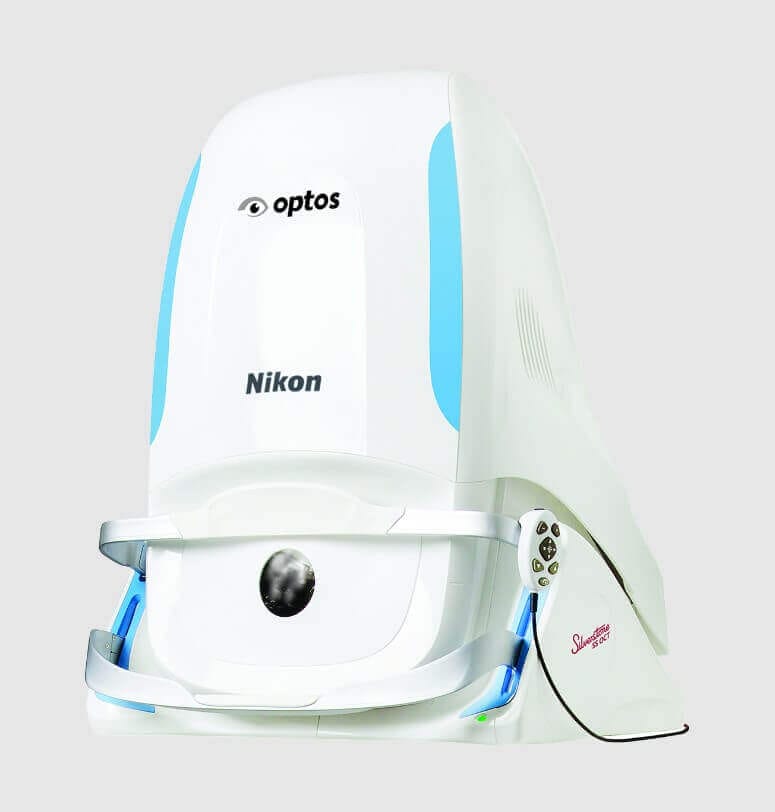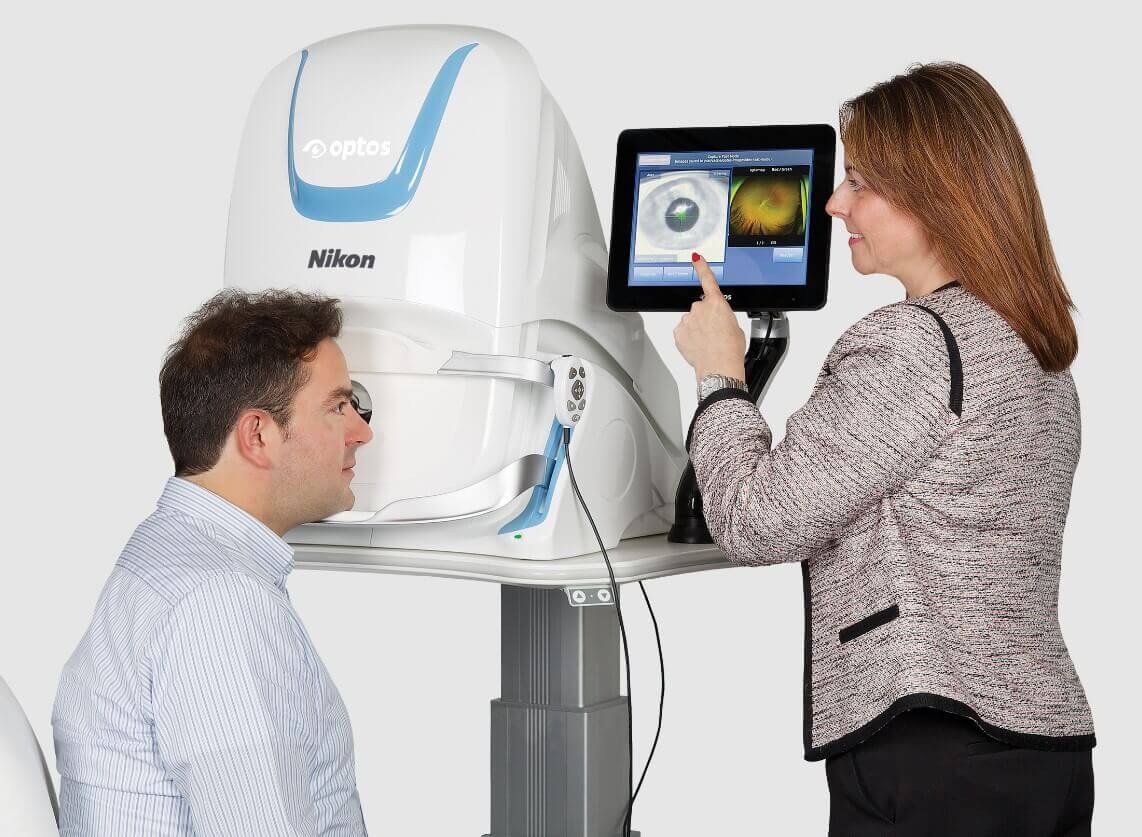Detecting conditions
The retina is the back part of your eye and is the only place in the body where blood vessels can be seen directly. The retina can also show signs of other diseases such as stroke, heart disease, hypertension, and diabetes in addition to eye conditions such as:
These conditions can show on your retina long before you notice any changes to your vision or feel any pain. An eye exam generally involves a look at the front of your eye to assess health and prescription changes, but a thorough retinal examination is crucial to make sure your eye is healthy.
Pictures of the back part of the eye will also help us determine whether there are any irregularities with the retina or if it's an issue with the optic nerve. We educate the patient on what we see and what the problem areas are, and if a referral is required, we provide the patient with the images.
It is important to note that despite its usefulness for diabetic screening, the American Academy of Ophthalmology (AA) and the American Optometric Association (AOA) still recommend that diabetics have a dilated eye exam at least once a year.







